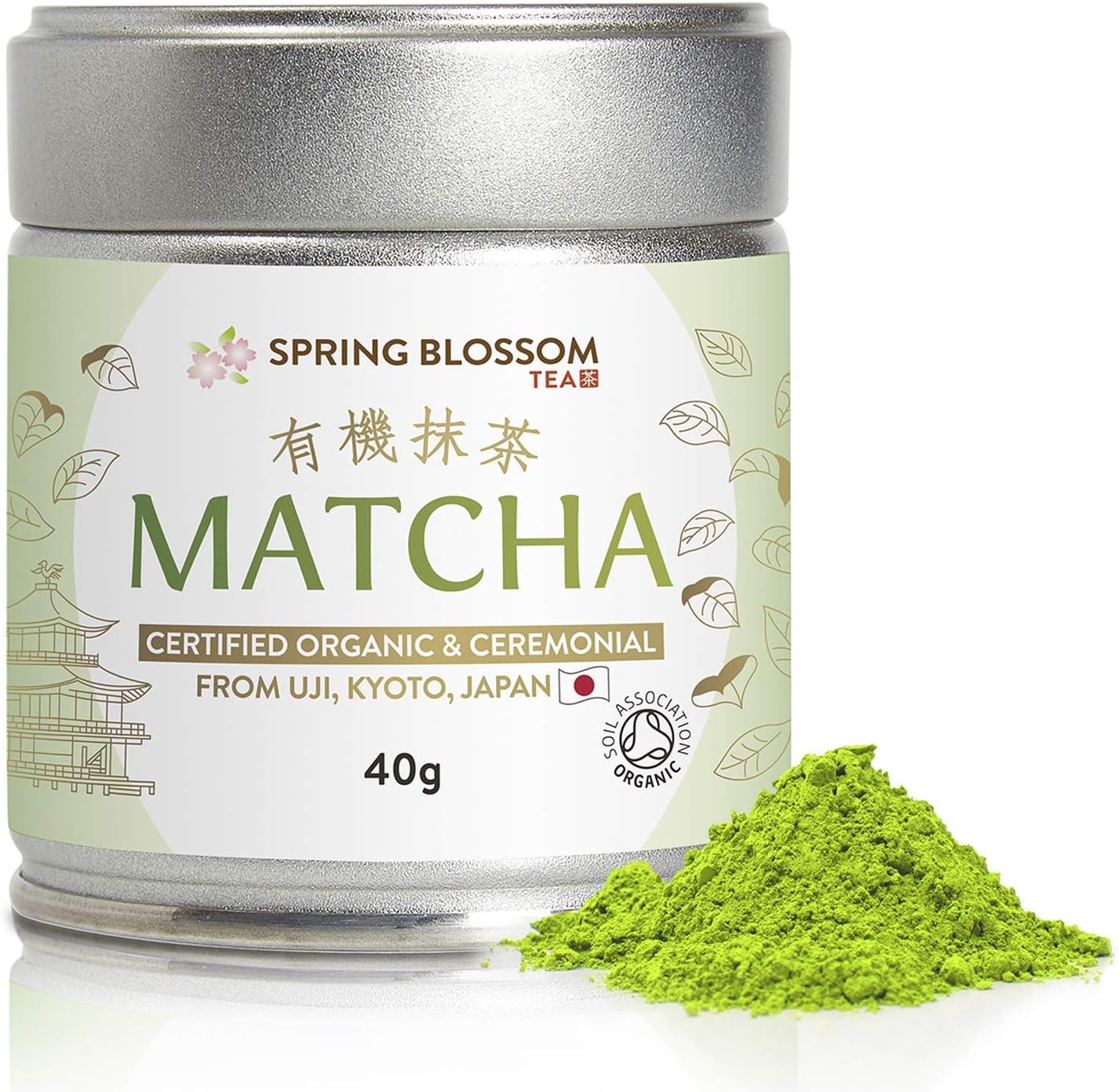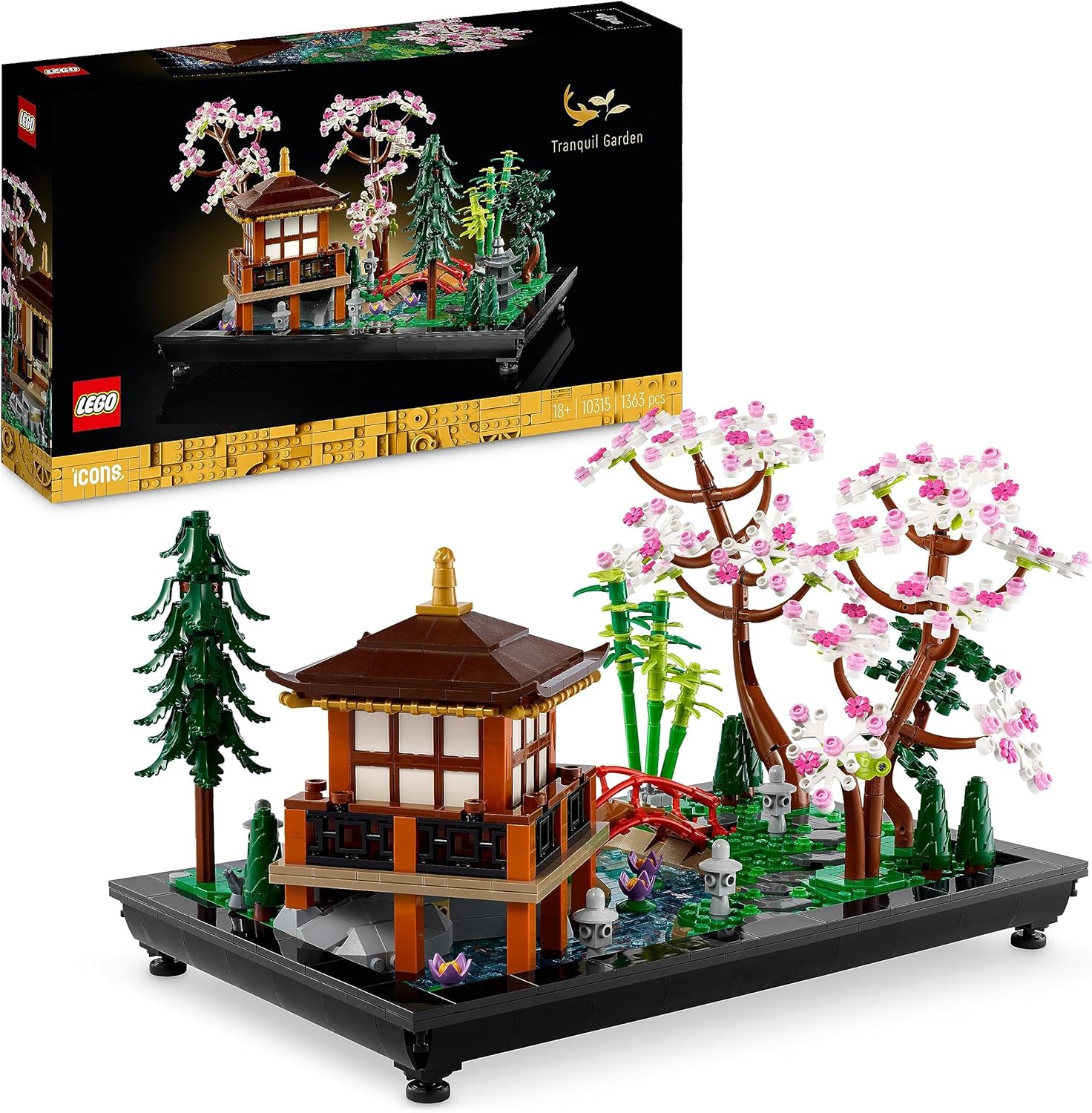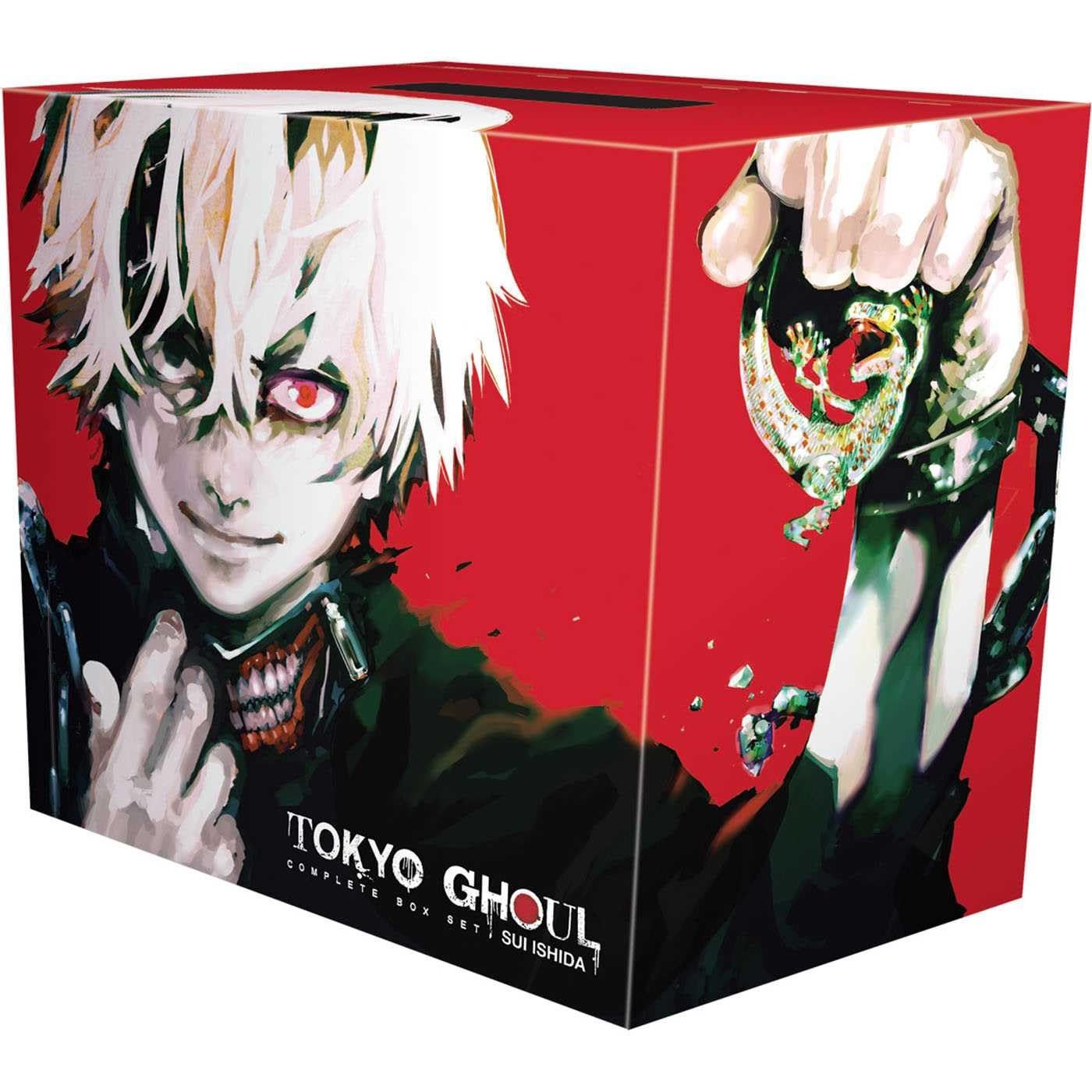Mastering Japanese Verbs: The Definitive Reference for Manga fans!
Posted on: 2024-12-30 | at: 06:05:33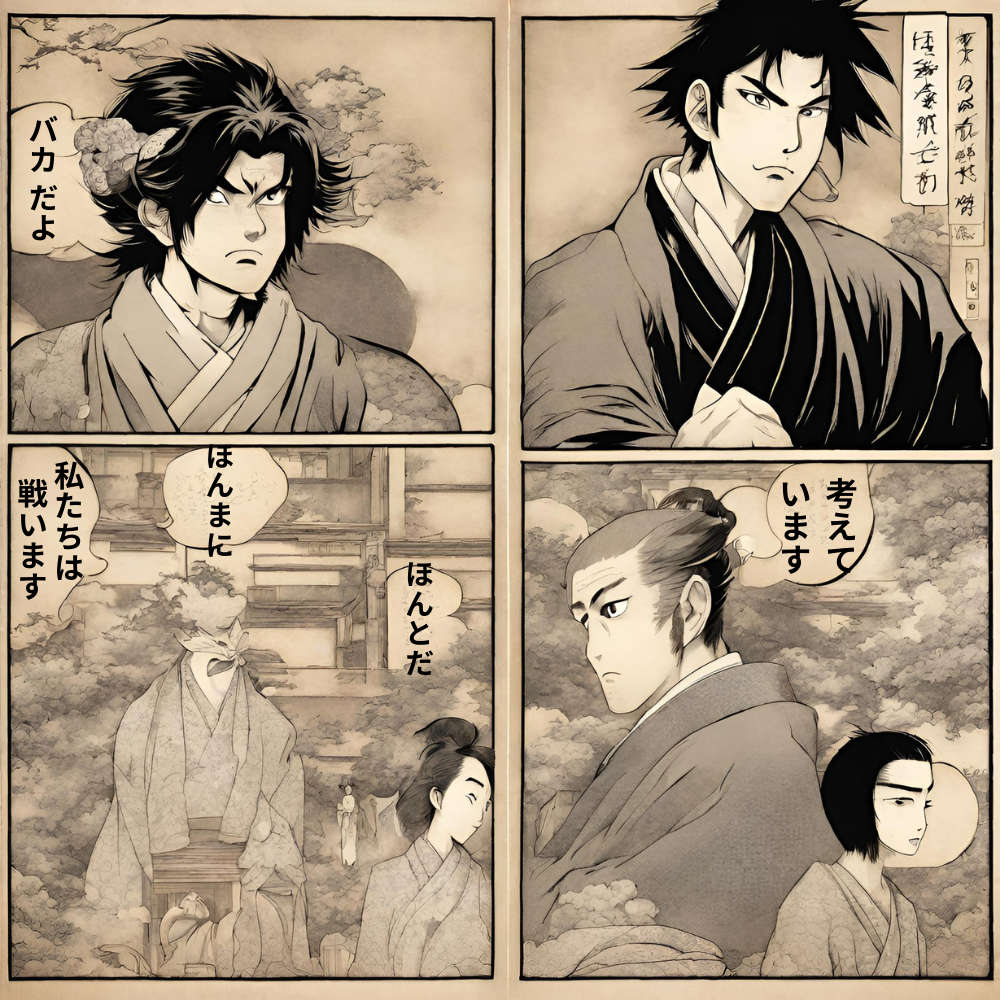
What’s up guys and welcome to another pekopeko info nugget! In today’s post we will explore verb conjugation in Japanese and for anyone who isn’t a language buff, that means how a word or words around a verb changes based on when it is being said, when it is said to be happening and in some languages, who is saying it.
Knowing how to correctly use the right verb conjugation will mean the difference between saying “It nice eat with you” and “Nice eating with you”. This can make a huge difference in your fluency and how smoothly you come across in Japanese.
I promise that by the end of this post, you’ll know the type of Japanese verbs and how to conjugate them. So lets strap in and learn how to sound more smooth.
The Importance of Verbs in Japanese
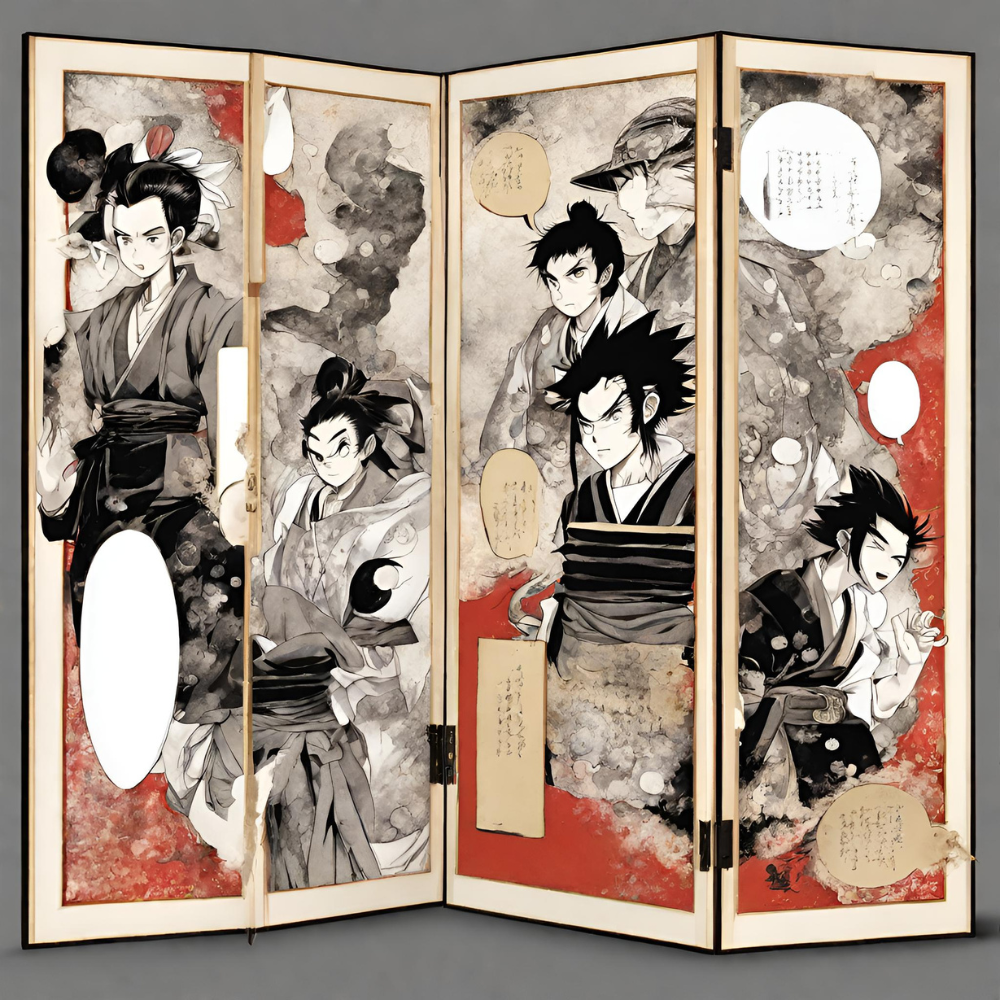
When reading manga it can hard to read between the lines where your Japanese gaps are. Sometimes you just have to be okay with not knowing. Japanese is also a language that relays heavily on context, which can be hard to portray through a comic. Especially if you’re not getting the full picture.
Knowing the exact meaning of a verb and how it’s being used will elevate your reading game to thee next level. Knowing this can mean the difference between knowing whether something is currently happening in the dialogue or has happened in the past.
Unraveling the Verb Groups
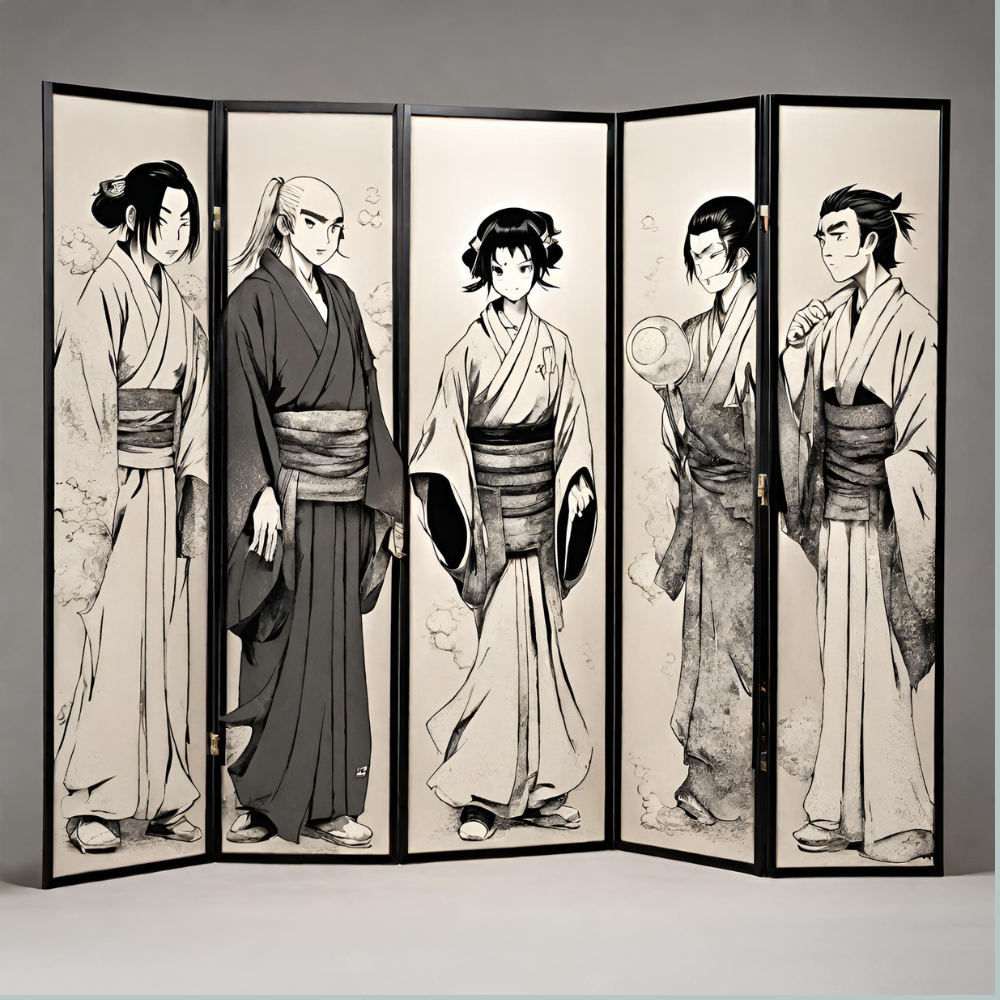
Japanese has 3 major verb types: う-verbs, る-verbs, and irregular verbs.
る-verbs typically don’t change the root word all that much when conjugating.
食べる will still start with たべ at the beginning, simply with a ます on the end.
The other two types can change a lot when being conjugated. We will help to decode that below.
- Examples from iconic series:
- う-verbs: 買う (かう – to buy) as seen in “Naruto” when discussing purchases at a ninja tool shop.
- る-verbs: 食べる (たべる – to eat) often heard during the food scenes in “Shokugeki no Soma.”
- Irregular verbs: 来る (くる – to come), used in various contexts across multiple series like “One Piece.”
Decoding Verb Conjugation Patterns
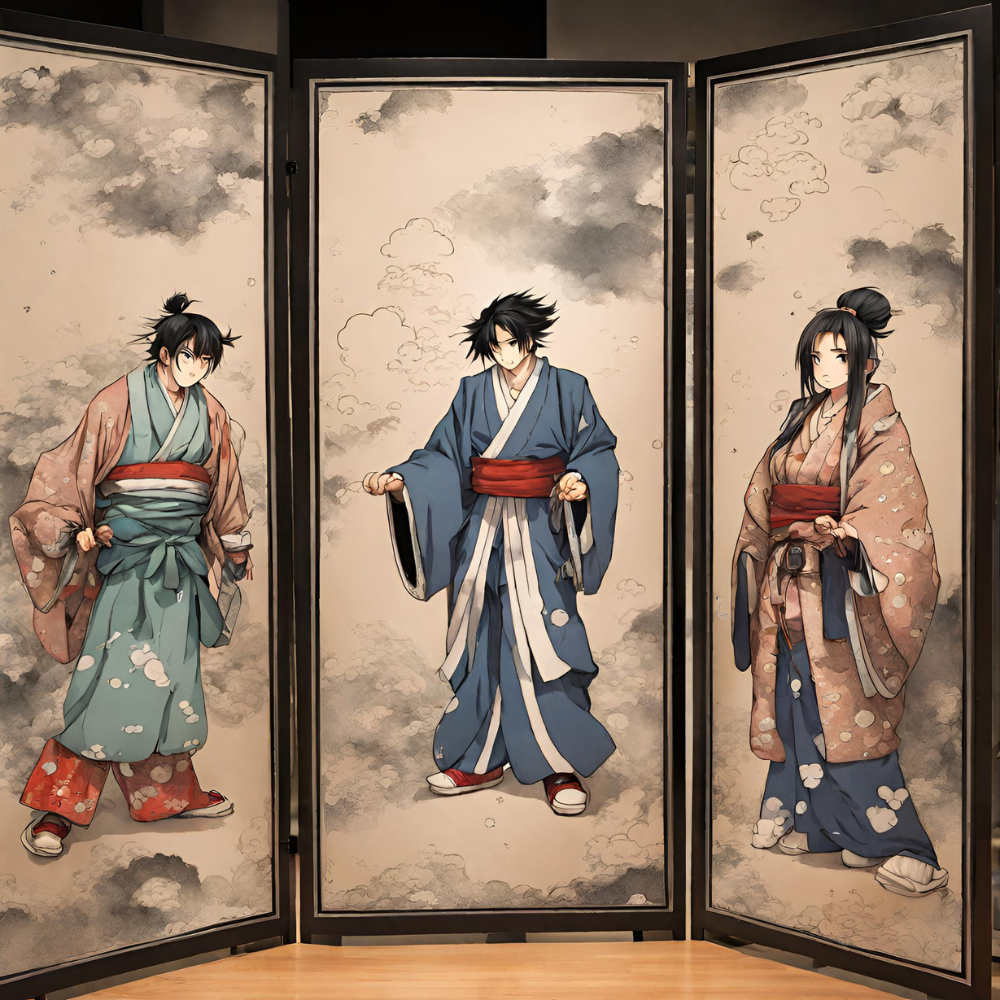
For the most part, Japanese verbs fit into 4 main categories. Past negative, past positive, future positive and future negative. I didn’t eat, I did eat, I will eat, I will not eat. There is no differentiation in Japanese between present, present continuous and future tenses. It is raining is exactly the same as it will rain (strange I know). You just have to guess from context.
There are a few other forms but they are more advanced and we’ll cover them in a future post.
- Present Tense:
- Example: 飛ぶ (とぶ – to fly) from “Haikyuu!!” becomes 飛びます (とびます) in its polite form.
- Past Tense:
- Example: 勝つ (かつ – to win) from “Yu-Gi-Oh!” turns into 勝ちました (かちました) when discussing past victories.
- Negative Form:
- Example: 見る (みる – to see/watch) from “Death Note,” which becomes 見ません (みません) in the negative form.
Common Verb Conjugations in Anime and Manga

The following is a list of commonly used Japanese verbs and how to conjugate them.
- 食べる (たべる) – to eat
- Future: 食べるでしょう (たべるでしょう)
- Future Negative: 食べないでしょう (たべないでしょう)
- Present: 食べる (たべる)
- Past: 食べた (たべた)
- Past Negative: 食べなかった (たべなかった)
- 行く (いく) – to go
- Future: 行くでしょう (いくでしょう)
- Future Negative: 行かないでしょう (いかないでしょう)
- Present: 行く (いく)
- Past: 行った (いった)
- Past Negative: 行かなかった (いかなかった)
- 見る (みる) – to see/watch
- Future: 見るでしょう (みるでしょう)
- Future Negative: 見ないでしょう (みないでしょう)
- Present: 見る (みる)
- Past: 見た (みた)
- Past Negative: 見なかった (みなかった)
- する – to do
- Future: するでしょう (するでしょう)
- Future Negative: しないでしょう (しないでしょう)
- Present: する (する)
- Past: した (した)
- Past Negative: しなかった (しなかった)
- 来る (くる) – to come
- Future: 来るでしょう (くるでしょう)
- Future Negative: 来ないでしょう (こないでしょう)
- Present: 来る (くる)
- Past: 来た (きた)
- Past Negative: 来なかった (こなかった)
- 話す (はなす) – to speak
- Future: 話すでしょう (はなすでしょう)
- Future Negative: 話さないでしょう (はなさないでしょう)
- Present: 話す (はなす)
- Past: 話した (はなした)
- Past Negative: 話さなかった (はなさなかった)
- 寝る (ねる) – to sleep
- Future: 寝るでしょう (ねるでしょう)
- Future Negative: 寝ないでしょう (ねないでしょう)
- Present: 寝る (ねる)
- Past: 寝た (ねた)
- Past Negative: 寝なかった (ねなかった)
- 聞く (きく) – to listen/ask
- Future: 聞くでしょう (きくでしょう)
- Future Negative: 聞かないでしょう (きかないでしょう)
- Present: 聞く (きく)
- Past: 聞いた (きいた)
- Past Negative: 聞かなかった (きかなかった)
Unlike English, Japanese verbs can change based on the context and politeness level needed for the person you’re speaking to. but as a general rule, many verbs follow this pattern.
Here’s a few real life examples from our favorite mangas:
- 行く (いく – to go) in “Attack on Titan”: 彼は壁の外に行きたがっている (He wants to go outside the wall).
- 使う (つかう – to use) in “My Hero Academia”: このアイテムを使ってください (Please use this item).
- 戦う (たたかう – to fight) in “Dragon Ball”: 明日、私たちは戦います (Tomorrow, we will fight).
Practice Drills and Quizzes
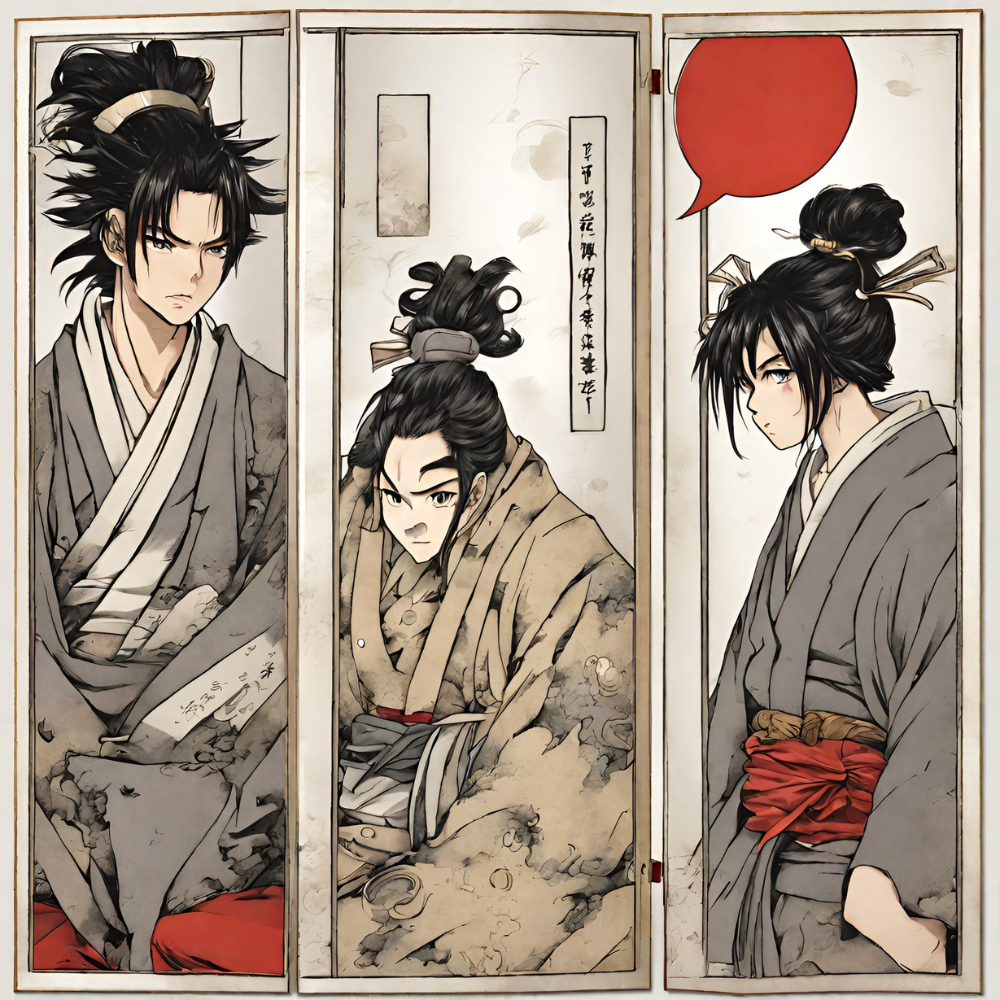
Let’s try a free practice words. How would you conjugate the following words?
- 書く (かく) – to write
- 聞く (きく) – to listen/ask
- 読む (よむ) – to read
- 話す (はなす) – to speak
- 食べる (たべる) – to eat
- 飲む (のむ) – to drink
- 行く (いく) – to go
- 来る (くる) – to come
- 寝る (ねる) – to sleep
- 見る (みる) – to see/watch
Write them down and see if you can figure out the past negative, past positive, the future positive and the future negative for each one!
Email your responses to competitions[at]pekopekojp.com and if you got all 10 correct, you could be in with a chance of getting a 1 year subscription to Shonen jump!
Learning as many Kanji as you can will help you with this. Knowing the Kanji to eat and the context from the images will help you to know if the food has already been eaten. An empty plate might mean the food has already been eaten. Then you can know this Kanji is using the past tense conjugation of that word.
Diving Deeper: Advanced Verb Forms
Two very common conjugation types in Japanese are the Te form and the potential form. The Te form is one of the most important and versatile conjugations in Japanese. It can be used to convey a sense of command, it can be used to increase the politeness level, it can be used in conditional statements (if then statements) and it can also be used to say something is allowed or not allowed.
The potential form is very useful in Japanese. It lets the listener know that the verb can be performed. For example: John is able to play the piano. In Japanese, if we used the standard form of play, we wouldn’t know if John was playing the piano, will play the piano or is able to. This is why this form is so useful.
- 買う (かう) – to buy
- Te form: 買って (かって)
- Potential form: 買える (かえる)
- 待つ (まつ) – to wait
- Te form: 待って (まって)
- Potential form: 待てる (まてる)
- 泳ぐ (およぐ) – to swim
- Te form: 泳いで (およいで)
- Potential form: 泳げる (およげる)
- 歌う (うたう) – to sing
- Te form: 歌って (うたって)
- Potential form: 歌える (うたえる)
- 帰る (かえる) – to return/go home
- Te form: 帰って (かえって)
- Potential form: 帰れる (かえれる)
- 着る (きる) – to wear
- Te form: 着て (きて)
- Potential form: 着られる (きられる)
- 出る (でる) – to exit/leave
- Te form: 出て (でて)
- Potential form: 出られる (でられる)
- 遊ぶ (あそぶ) – to play
- Te form: 遊んで (あそんで)
- Potential form: 遊べる (あそべる)
- する – to do
- Te form: して (して)
- Potential form: できる (できる)
- 来る (くる) – to come
- Te form: 来て (きて)
- Potential form: 来られる (こられる)
- Te-form examples from “Tokyo Ghoul”: 食べて (たべて – eating), used in casual conversations between characters.
- Potential form instances from “Sword Art Online”: 話せる (はなせる – can speak), highlighting characters’ abilities.
Resources for Ongoing Mastery
If you want to continue reading about Japanese verb conjugation, this list is a great place to start. My personal favorite is DuoLingo, where I’m up to 125 days streak as of the time of writing.
- Tae Kim’s Guide to Learning Japanese: A comprehensive guide to Japanese grammar.
- NHK World – Easy Japanese: Offers audio lessons and useful phrases.
- Duolingo: A gamified language learning platform with a Japanese course.
- WaniKani: A web-based kanji learning application using mnemonics and spaced repetition.
- Anki: A flashcard program that uses spaced repetition, ideal for vocabulary building.
- Jisho: An online Japanese dictionary.
- Japanesepod101: Audio and video lessons ranging from beginner to advanced levels.
- italki: Platform for finding Japanese tutors for one-on-one language lessons.
- HelloTalk: Language exchange app where you can chat with native Japanese speakers.
- Maggie Sensei: A website with detailed and casual explanations of Japanese grammar points.
This is our top 10 list of manga for Japanese beginners. This list includes a variety of different manga that are available in Japanese in all good manga book stores that include many great examples of how to conjugate verbs in Japanese.
- よつばと!(Yotsuba&!) by Kiyohiko Azuma
- Follows the adventures of a curious young girl named Yotsuba as she explores the world around her.
- しろくまカフェ (Shirokuma Cafe) by Aloha Higa
- A slice-of-life series about a polar bear who runs a café and his interactions with other animal customers and friends.
- ちびまる子ちゃん (Chibi Maruko-chan) by Momoko Sakura
- Centers on the simple, everyday life of a young girl nicknamed Maruko and her family in suburban Japan.
- ドラえもん (Doraemon) by Fujiko F. Fujio
- Features a robotic cat from the future who helps a young boy navigate life’s challenges with futuristic gadgets.
- こどものおもちゃ (Kodomo no Omocha) by Miho Obana
- Also known as “Kodocha,” this series is about the life of Sana Kurata, a child actress with a very complicated family life.
- サザエさん (Sazae-san) by Machiko Hasegawa
- One of Japan’s most beloved and longest-running manga, it depicts the daily life of Sazae and her family.
- はなかっぱ (Hanakappa) by Akiyuki Nosaka
- The story of a kappa (mythical Japanese creature) child and his adventures in the village.
- おじゃる丸 (Ojarumaru) by Rin Inumaru
- Focuses on the comedic life of a young noble boy from the Heian era who finds himself in modern Japan.
- あたしンち (Atashin’chi) by Eiko Kera
- A humorous portrayal of the Tachibana family’s daily life, highlighting the interactions between family members.
- カードキャプターさくら (Cardcaptor Sakura) by CLAMP
- While slightly more challenging, the furigana support and engaging magical girl storyline make it accessible to beginners.
Conclusion
Learning Japanese is a marathon not a sprint. Everyone gets discouraged and every has hard days, but trembler the important words of the Japanese proverb “塵も積もれば山となる” or “even dust, when added to daily will one day become a mountain.
Sometimes it seems like you’re just adding small pieces to your Japanese, but before you know it. All of those pieces add up to make a well rounded knowledges base of Japanese language skills.
If you liked this post, please share your thoughts in the comments below and we welcome all tips and suggestions at feedback[at]pekopekojp.com.
